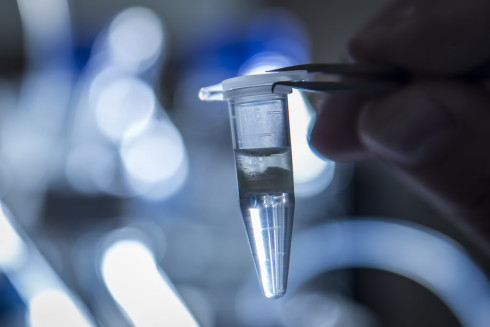 Detection and quantification of both known and unknown exposures are key to characterizing cumulative complex exposures. Although high-resolution metabolomics (HRM) has been well-established as a tool for distinguishing these exposures, quantification of chemical signatures under this platform remains a challenge.
Detection and quantification of both known and unknown exposures are key to characterizing cumulative complex exposures. Although high-resolution metabolomics (HRM) has been well-established as a tool for distinguishing these exposures, quantification of chemical signatures under this platform remains a challenge.
Traditional biomonitoring is typically used for quantification of individual chemicals but has limitations due to the high costs associated with individual analyses. Since exposome characterization must consider thousands of environmental, dietary and microbial exposures, HRM offers a promising strategy to overcome some of the challenges related to measuring complex exposures. HRM has particular advantages due its relatively low cost and the ability to use small sample volumes while still obtaining broad coverage of exposures.
In the recent article “Reference Standardization for Mass Spectrometry and High-Resolution Metabolomics Applications to Exposome Research” by Go et al., the authors demonstrate that HRM can be used to reliably quantify exposures, overcoming this long-standing limitation. The team describes their approach to quantify amino acids under a blinded analyses design. Through developing this protocol, they demonstrated a reproducible approach that can be broadly applied to the quantification of thousands of chemicals.
Read the full article here.
Learn more about the research of the Clinical Biomarkers Laboratory at Emory.
